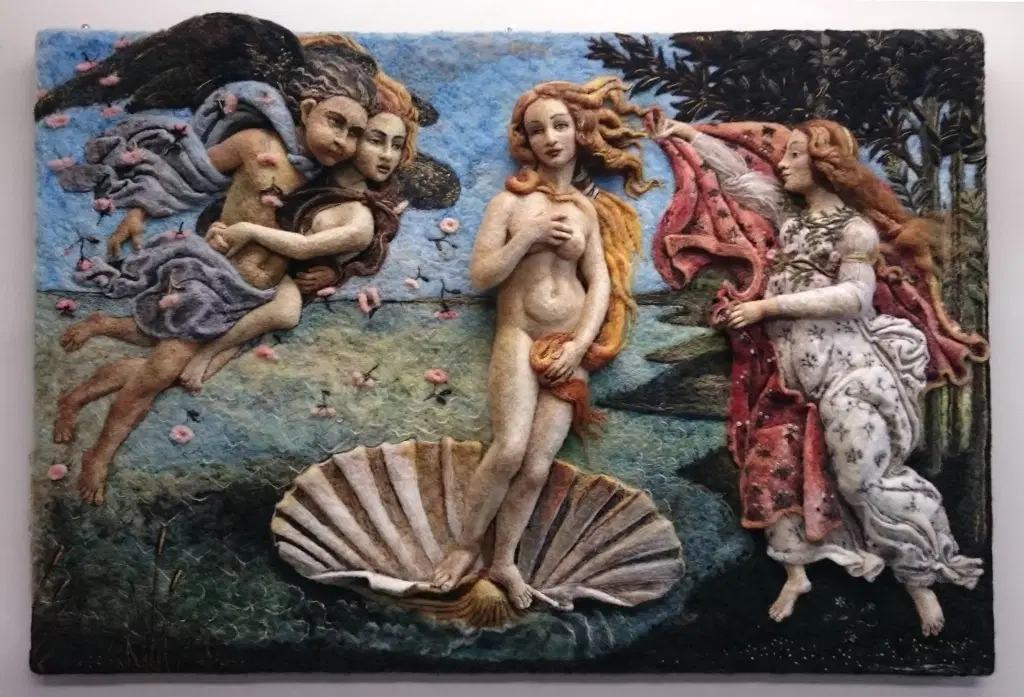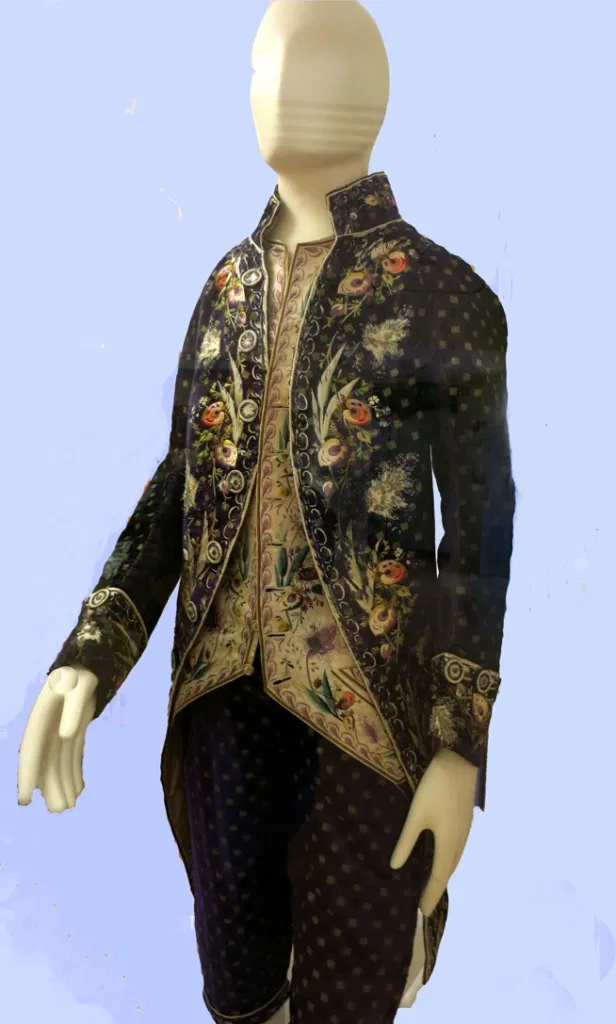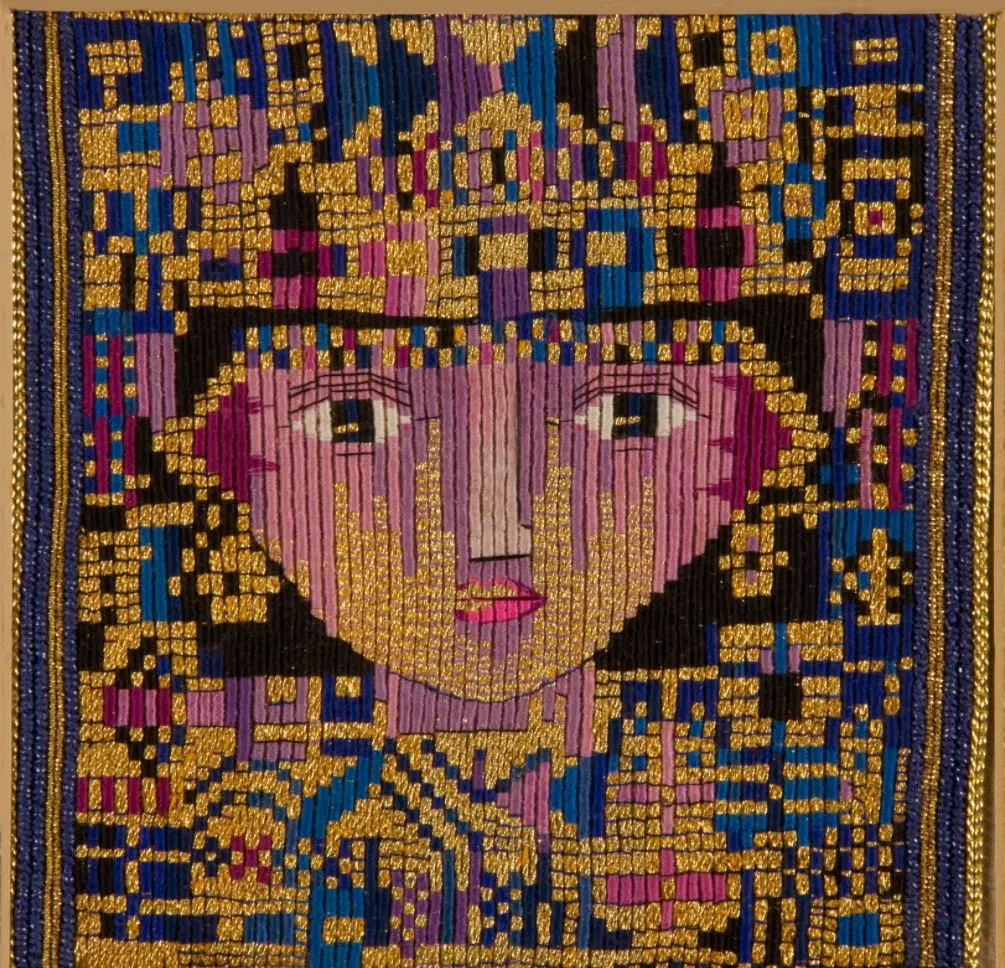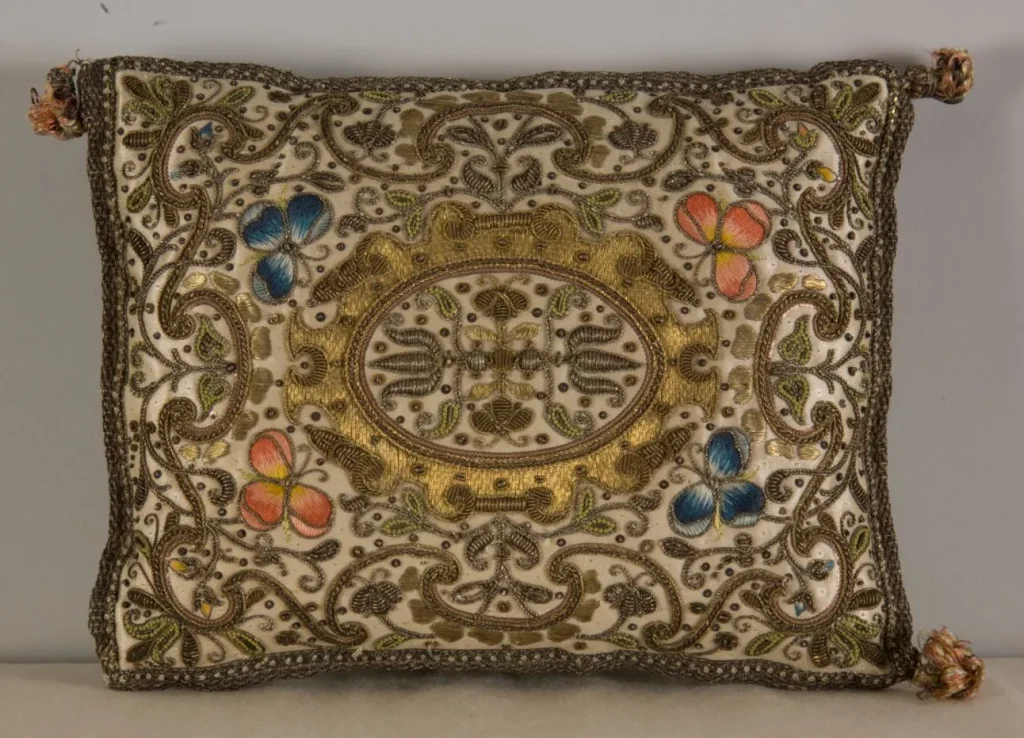
History of the Collection
The collection started from humble beginnings. Embroideries, photographs, articles on embroidery and original designs were accumulated for the purpose of distribution, in boxes to members. They were called ‘Model Boxes’. They were the forerunners of present day folios used by members and Guild branches for study, inspiration and learning.
The collection received a substantial boost when our then Patron, Queen Mary, made a significant donation of a wide range of pieces. This, coupled with increasing numbers of pieces being donated by members, formed the basis of the collection we have today. In 1935, 15 pieces of historic embroidery were bequeathed by Lady Mary Cayley, including some of our 17th century pieces.
Over the years the collection has been stored in a number of locations including Hampton Court Palace and before that in Wimpole Street, London and, during WW2, many pieces were moved to the relative safety of members’ homes.

Stitched Treasures from Far and Wide
The Collection is an exciting record of embroidery and is worldwide in its content from Britain through Europe to Asia and beyond. Ranging in date from Coptic times to the present day, these embroideries give insight into how embroidery has been made and used in the past and present cultures around the globe. Catalogued items also include designs, threads and needlework tools.

Our earliest pieces are Coptic fragments, preserved in the dry and sandy conditions of their owners’ graves. These are actually woven rather than embroidered but of tremendous interest and value to the collection.
Stitches and techniques from around the World and throughout the centuries are to be found within the collection. From raised work and metal thread in the 17th century, crewel work and silk embroidery from the 18th century to woolwork of the 19th century and contemporary techniques from the 20th and 21st centuries.
Included in the collection you will find exquisite Ayrshire work, flamboyant silk work, beautiful lace and precisely made petit point pictures. Beetle wing and fish scale embroidery can be found alongside Wessex stitchery and Dorset feather stitchery. Paper, felt, plastics and synthetic fabrics are a feature of 20th and 21st century embroidery.


The criteria for a piece to be part of the collection is that embroidery should be a significant feature, in the best possible condition and well executed.
The Embroiderers’ Guild collection is currently stored at the Discover Bucks Museum Resource Centre in Halton, Bucks. The Embroiderers’ Guild Beryl Dean Gallery within the Discover Bucks Museum in Aylesbury is open to visitors with a permanent display of some of the Collection’s important pieces.
The Story of the Collection
Members of the Embroiderers’ Guild have exclusive access to the treasures that are held within the Embroiderers’ Guild Collection.
Our visual e-book series The Story of the Embroiderers’ Guild Collection Part 1, 2 & 3 contains hundreds of images of Collection items for members to view online. The Guild’s published e-books are a rich resource for creativity, encouragement and inspiration. This is just one of many benefits from joining the Embroiderers’ Guild, why not explore our Membership page to learn more about what the Guild can do for you?
View our sample e-book below to explore extracts from the Embroiderers’ Guild Collection. Enable ‘Full Screen’ mode for optimum viewing.
